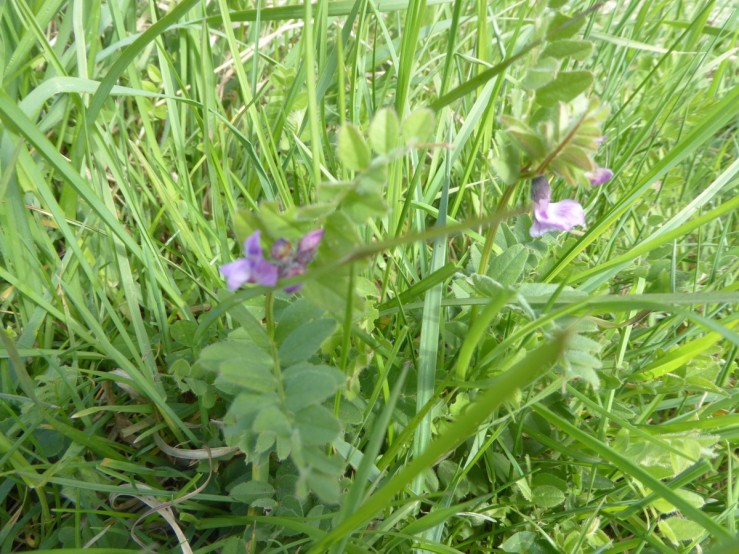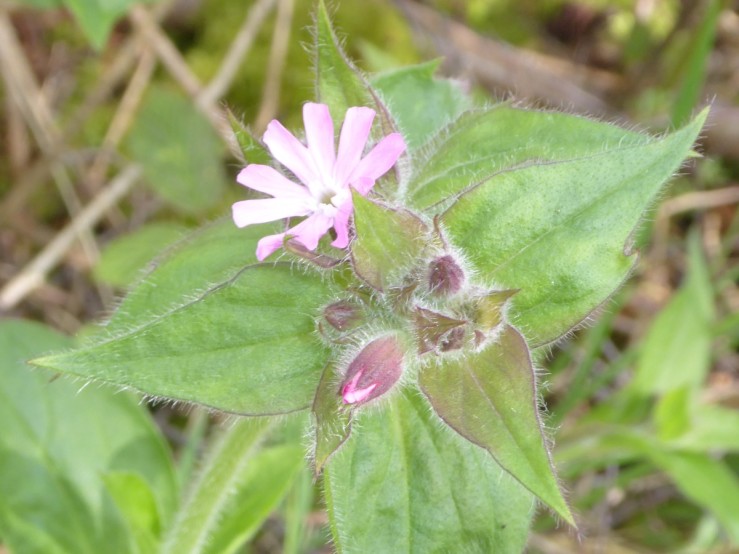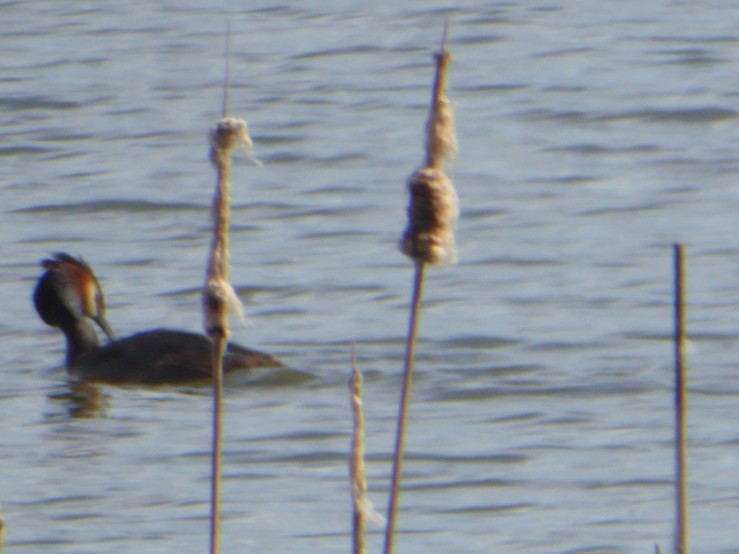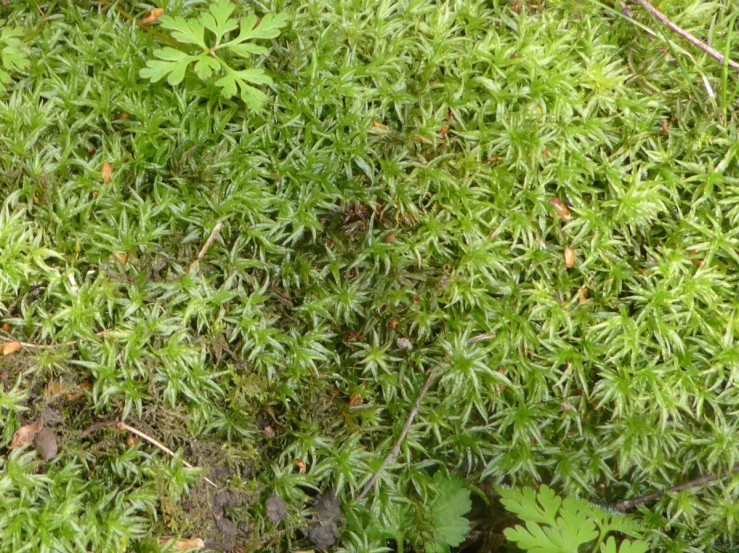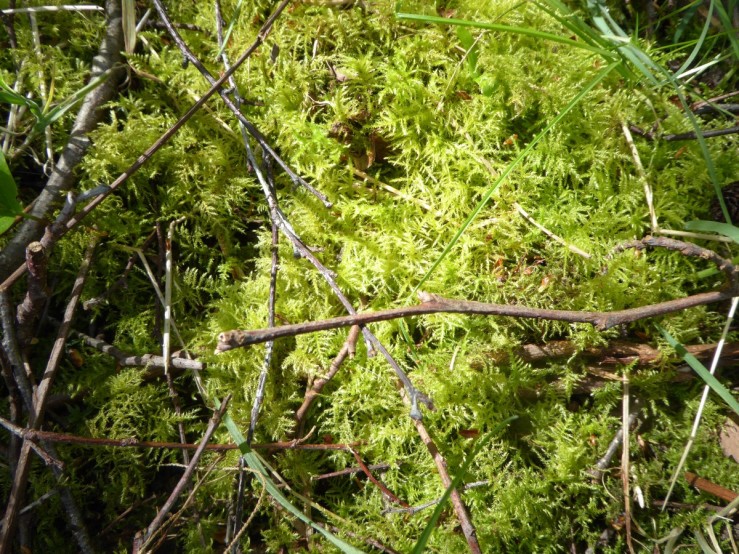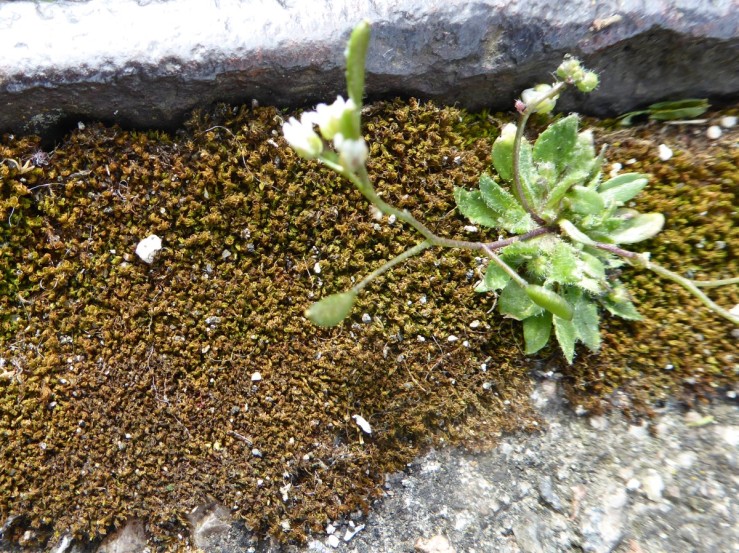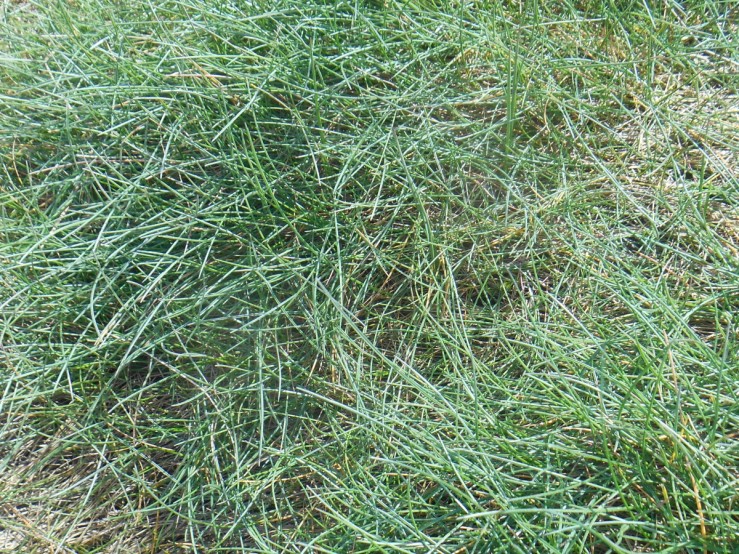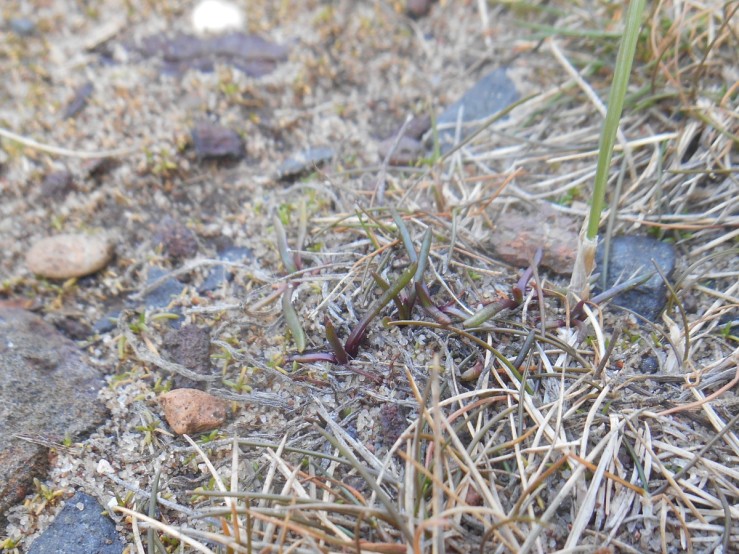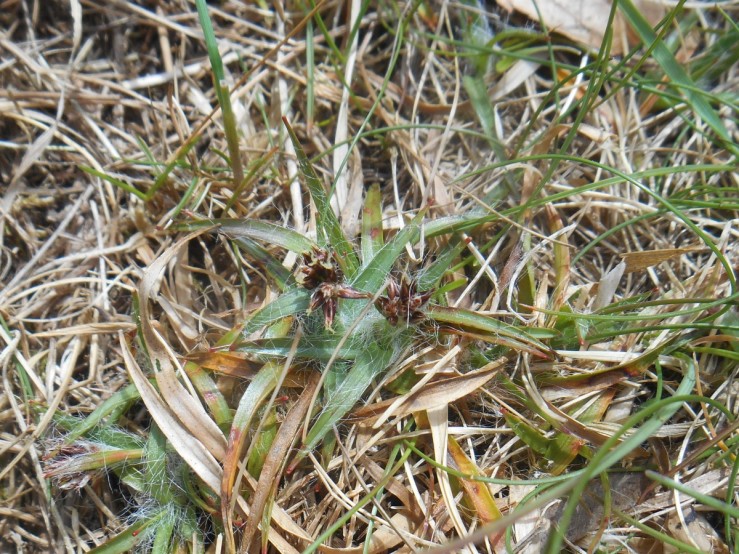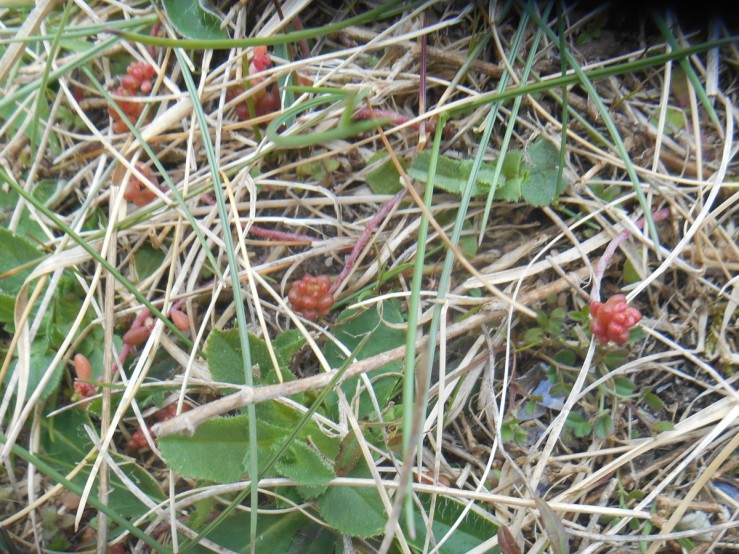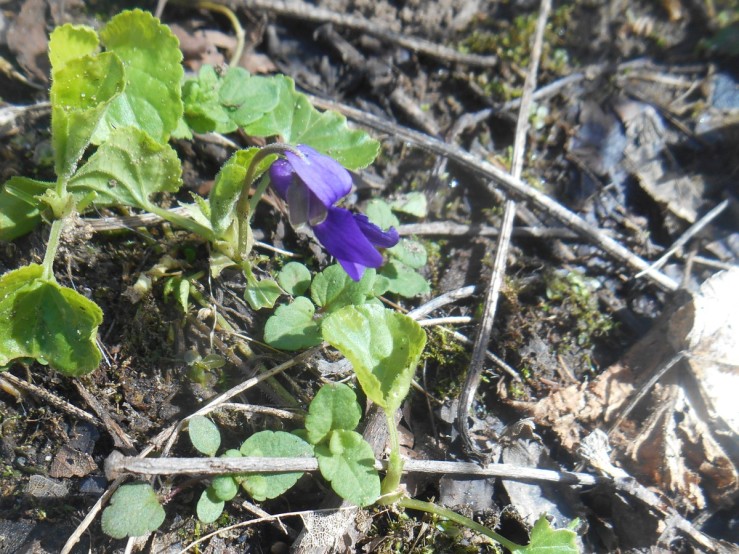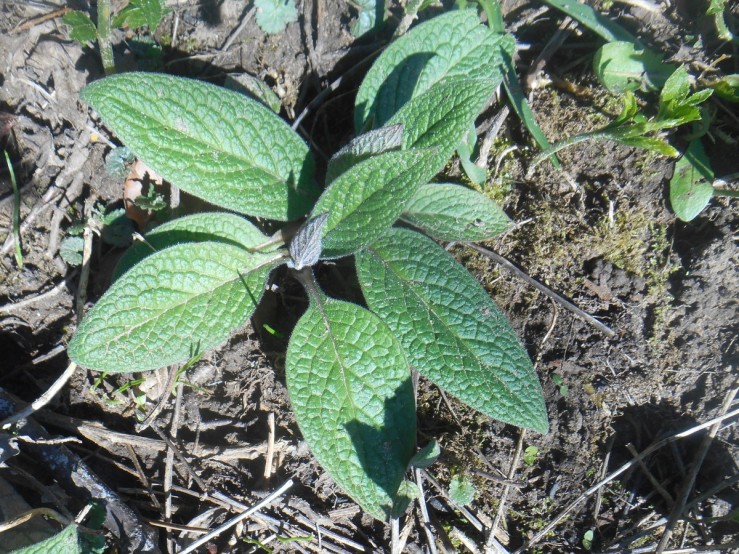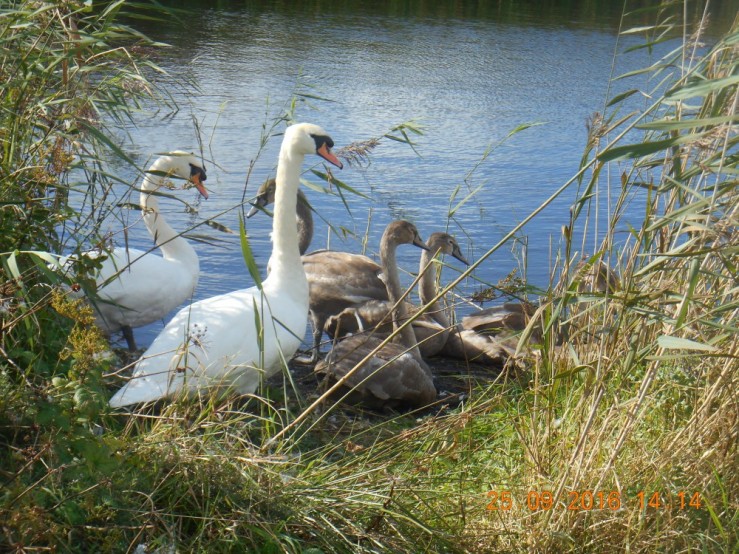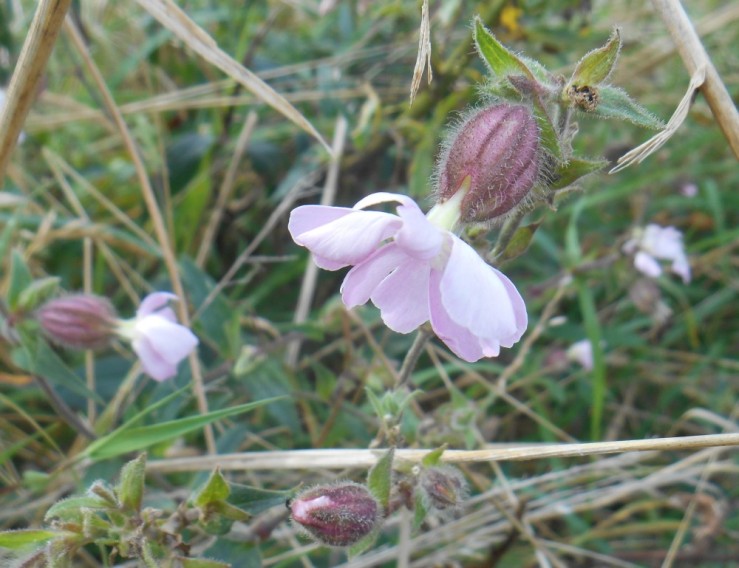Although it has been a rather cold April there were some flowers appearing along the dunes. The dunes are consolidated by Marram grass (Ammophila arenaria) and Lyme grass (Leymus arenarius) and provide a habitat for sand tolerant plants.

The roadside by the village near a wild garden had Common fumitory (Fumaria officinalis). Ribwort plantain is visible, it was flowering further along.

The plant below is unknown to me. It was large as tall as the fence.

This is more recognizable since it was hairy stemmed on two sides Germander speedwell (Veronica chamaedrys).

Doves foot Cranesbill (Geranium molle) in flower below.
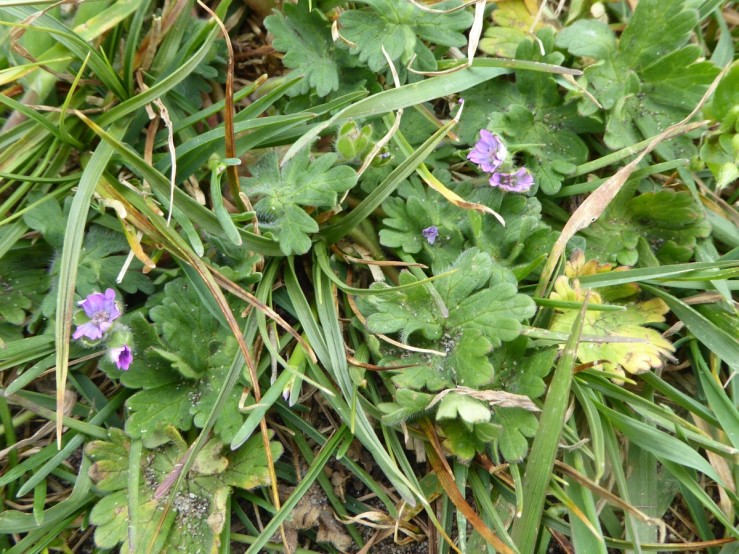
Another easily recognizable plant in flower and looking striking this year is Red Dead- Nettle (Lamium purpureum).

Growing over the dunes was another mystery plant, probably a garden escape not in flower.

Some flowering plants were very familiar like the Meadow buttercup(Ranunculus acris).

And the cowslip (Primula veris). A Field rush is flowering beside it.
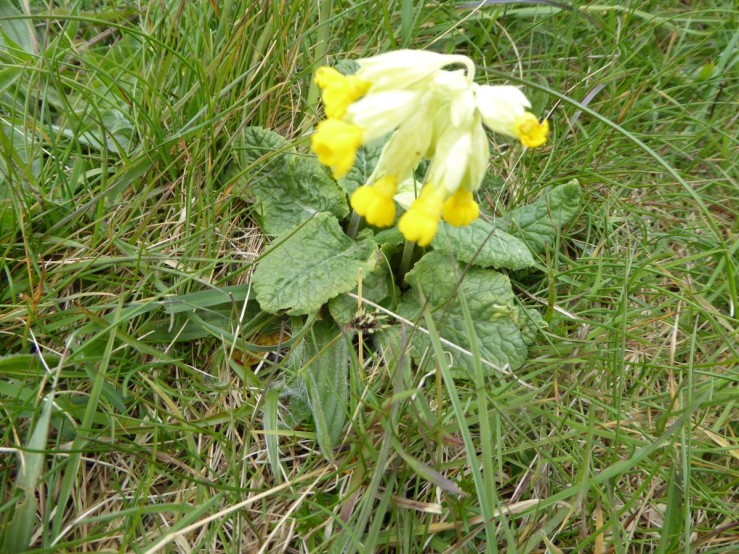
Cat’s ear leaves were rowing in long tongued rosettes commonly over the dunes tops.

Nearer the road this grass was flowering. Sweet Vernal Grass (Anthoxanthum odoratum).

Also seen in flower were Bush Vetch, field speedwell and a sole Dog violet.
By the shore we watched Arctic terns diving into the incoming waves for fish. Photographing them was difficult since they plunge so quickly like arrows. On the far rocks male Eider Duck ere visible because their black and white colours stood out so clearly.

